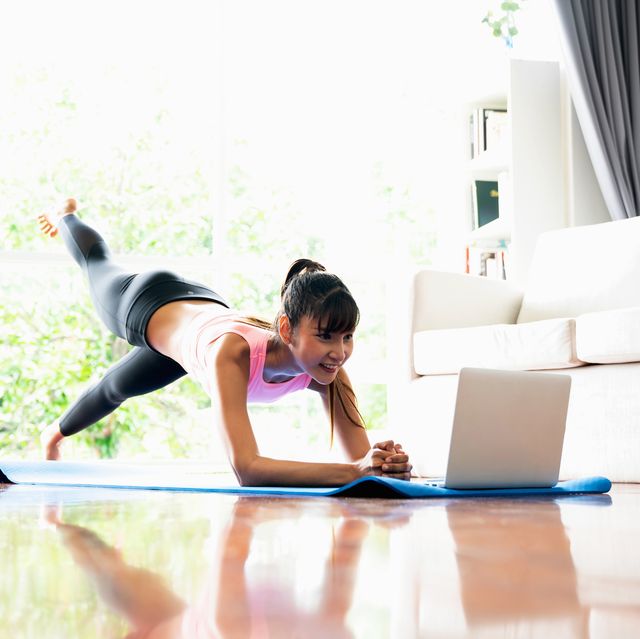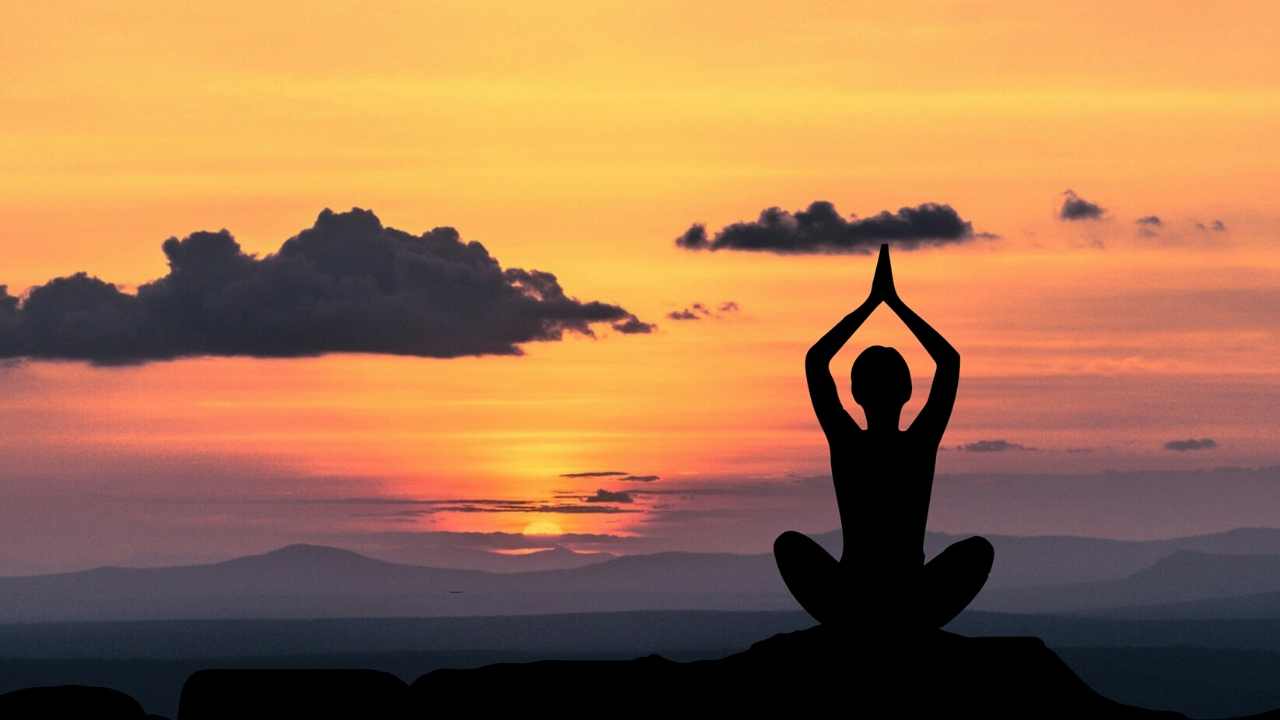
Ujjayi breath is a good technique for yoga. It's also known as ocean breath. It helps us to relax and flow with the breath. As an added benefit, this technique can reduce stress and increase our vitality. Here are some helpful tips for using this breathing technique. First, you need to be comfortable. Place your feet on the floor and sit cross-legged. Then, relax your body and breathe slowly and deeply.
Ujjayi can be done seated or cross-legged.
Ujjayi in yoga is a method of deep breathing. It's an important part of yoga practice. Through its slow and controlled breath, this breathing technique can calm the mind and bring awareness to the present moment, which is the heart of yoga. Ujjayi is the main part of yoga practice.
Ujjayi breath fills your lungs in three seconds and can be compared to the sound that the ocean makes. Your throat muscles and mouth muscles will contract as you breathe in, creating gentle friction that sounds similar to ocean waves. For a more relaxing practice of ujjayi, you can sit cross-legged.

Relax and flow with ujjayi breathing
You should feel your breathing moving in and around your chest when you practice ujjayi breath. Your diaphragm is responsible for controlling how much air gets into and out of your body. Inhale by bringing your abdomen to your spine. Exhale by letting go. This helps to focus on your breath and facilitates flow. It is also a good idea to incorporate Ujjayi breathing into your practice.
You can focus better and flow more easily through yoga and other physical activities by practicing ujjayi breathe. It can calm nerves and help you perform your best in your workouts. It's a common practice among Olympic-level athletes as it improves respiratory efficiency. The slow rhythm of ujjayi breathing calms nervousness and helps you focus. It's also great for people who are nervous about performing a certain pose or are anxious.
Reduces stress
The breathing technique known as Ujjayi is the perfect remedy for your stressed out mind. To use this breathing technique, you must inhale deeply and evenly through the nostrils. Your throat will contract slightly as you inhale, creating a "rubbing" sensation. Take in your breath and draw your belly towards the spine. This will allow your belly to relax and allows you to inhale deeper.
Ujjayi breathing can be done during aerobic exercise or Hatha Yoga sessions. It's a very effective breathing exercise that calms the nerves and energizes the body. This breathing technique can be used anywhere and at any time to reduce anxiety and maintain a calm mind. This breathing technique can be used in sports training. Here are some benefits of Ujjayi respiration:

Vitality and energy increase
Many studies have shown that the ujjayi breath can improve concentration and vitality. It can also help to lower blood pressure and improve your overall health. The breath also has a natural calming effect and is used by many types of yoga. It is a great way to connect your breath with movement and increase your concentration. Moreover, this pranayama has many benefits including improved breathing rhythm and sound. It can influence both the subconscious as well as the conscious mind.
The Ujjayi breathe is a basic breathing technique that involves drawing the abdomen towards the spine and inhaling outward. Smooth and balanced breathing is important. The abdominal region should also be contracted. The breath should be accompanied by a sound. Yoga yogis refer to it as "ujayi". This technique increases oxygen flow and vitality. It can also increase consciousness. It's a wonderful practice that anyone can use to improve their physical, psychological, and spiritual well being.
FAQ
Are yoga mats necessary?
Not necessarily. Many studios provide mats that students can use. These mats are made from rubber and are very easy to clean.
You might also consider purchasing your mat. You can expect a mat that is of high quality to last for many years.
Do I need to get warm before doing yoga?
No. It is not necessary to warm up before you begin a session of yoga.
However, stretching your muscles before going to exercise can help to relax stiff or sore muscles.
Can I do my own yoga?
Absolutely! There are many options for practicing yoga at home. You can practice yoga at home using videos, DVDs or CDs.
YouTube has free videos of yoga that you can download. A good instructor will be able to help you with the movements.
What are the differences among Hatha, Ashtanga Vinyasa Power Yoga and Vinyasa Hatha? ?
There are many different types of yoga. Each offers its unique approach to achieving balance in our lives.
Some of the most sought-after forms of yoga are:
Hatha - This involves stretching and poses that focus on core strength and flexibility.
Ashtanga – This is slow-paced movement that builds strength and stamina.
Vinyasa: This style of yoga allows you to deeply breathe and has fast-flowing sequences.
Power - This type of power yoga includes more difficult moves.
Kripla – One of the oldest forms if yoga that dates back thousands upon thousands of years.
Bikram is a type of yoga that can be practiced in heated rooms.
Is yoga a good way to quit smoking?
Yoga can help smokers quit smoking. It makes people feel healthier, both mentally and physically. It also helps reduce weight gain from overeating food. This could lead to quitting smoking altogether.
What happens if I stop doing yoga?
After a while, it's normal for people to lose interest in a particular activity. You may notice stiffer muscles if your yoga practice is discontinued. Poor posture, lack or aging may all lead to stiffness.
It may become less flexible as you age, so consider retaking a few classes. Keep up with your daily activities. Exercise strengthens your bones and muscles. So make sure to get enough sleep and eat well.
Statistics
- Lock in 25% off your Founding Member rate. (corepoweryoga.com)
- Start your Fall off right with 20% off All Access Membership when you sign up by 9/25! (corepoweryoga.com)
- The people in the yoga group were 37 percent more likely to have quit smoking by the end of the 8-week program. (nccih.nih.gov)
- About one in seven U.S. adults practiced yoga in the past 12 months, according to a 2017 national survey. (nccih.nih.gov)
- Gentle yoga has been shown to ease some of the discomforts of tender, swollen joints for people with arthritis, according to a Johns Hopkins review of 11 recent studies. (hopkinsmedicine.org)
External Links
How To
Is yoga a great workout?
Yoga isn't for people who just want to lose weight. Yoga can help you improve flexibility, balance and coordination as well as strength, focus, calmness, and coordination.
Yoga is not just exercise; instead, it's an art form. The poses can be used to relax or meditate. They allow us to improve our posture and concentration as well as our breathing.
Yoga is a practice of yoga. Yogis follow various forms of yoga, including Hatha, Ashtanga, Iyengar, Vinyasa, Bikram, Kundalini, Yin Yang, and Restorative.
Although there are many styles of yoga, they all share the same goals. Each type focuses on different aspects of health and wellness. There are many yoga styles, including Hatha, pranayama and meditation.
Some yoga exercises don't require you to have any equipment
-
Sun Salutation – The series of 12 positions starts with forward bend followed by 10 poses.
-
Warrior Pose - While holding a stick or staff, a warrior pose is done.
-
Triangle Pose: This is where one leg is lifted behind the other and you bend at your knees.
-
Standing Forward Bend – This is a pose where you sit on the ground with your legs straightening and then fold forward at the waist.
-
Seated Twist - This pose is performed while seated on a chair or mat.
-
Cobra Pose is a position where you lie on your side, with your arms in front.
-
Child's pose - This is when you are lying on your back, face up.
-
Cat/Cow Pose - This pose combines a cat and cow pose. While lying face down, raise your upper body off the ground. Roll over on your back and place your hands underneath your shoulders.
-
Head tilt - This is a pose where you tilt your head back while keeping your eyes open.
-
Shoulder Stand – This position is where you stand upright while your arms are raised above and feet are raised above the neck.
-
Tree Pose - This pose is achieved while kneeling on your knees with both hands placed underneath your shoulders.
-
Bow Pose – Bend forward from the hips to complete this pose. Then, place your palms on top of the ground and bend forward.
-
Corpse Pose – This pose can be held for up to five minutes.
-
Mountain Pose - The mountain pose is where you stand tall while your spine is straight.
-
Legs up the wall Pose - This is a pose where you hang upside-down from a brick wall.
-
Side Angle Pose -- This pose requires you to lean against a wall and place your right arm in front of the wall.
-
Plank Position – This is when you lay flat on your stomach, extend your left arm out and place your right foot in front of each other.
-
Bridge Pose – Balance on your elbows while balancing on the toes in this pose.
-
Reverse Table Top Position - You can achieve this pose by lying on your stomach and reaching towards the ceiling.
-
Handstand - This position requires balance and strength. To do this pose, you can either hold yourself between two walls or a door frame.
-
Half Moon Pose – Also known as Hero Pose, this pose is also called Hero Pose. It's performed by standing on both your hands and toes.
-
Headstand (or handstand) - This position requires balance and strength. This pose can either be performed on a wall or with a doorframe.
-
Forearm Balance: This pose requires that your forearms rest on the tabletop.
-
Spinal Twist – This position is where you lie on your stomach while reaching for your arms.
-
Supported bound angle pose - This pose needs support and balance. For support, use a beam or tree branch to help you balance.
-
Wide Leg Forward Fold – This is achieved by extending your legs out and touching your toes.
-
Single Pigeon Pose – This pose is similar the the wide leg forward fold, but has only one limb extended.
-
Extended Puppy Dog Poses are very relaxing. It's done by extending your legs outward and bending your knees.
-
Seated Forward Bend - This pose is sitting cross-legged and stretching your hamstrings and calves.
-
Crow Pose - This pose is difficult to do but very rewarding once you master it. It is done by raising your arms above your head and lowering them until they parallel to the floor.